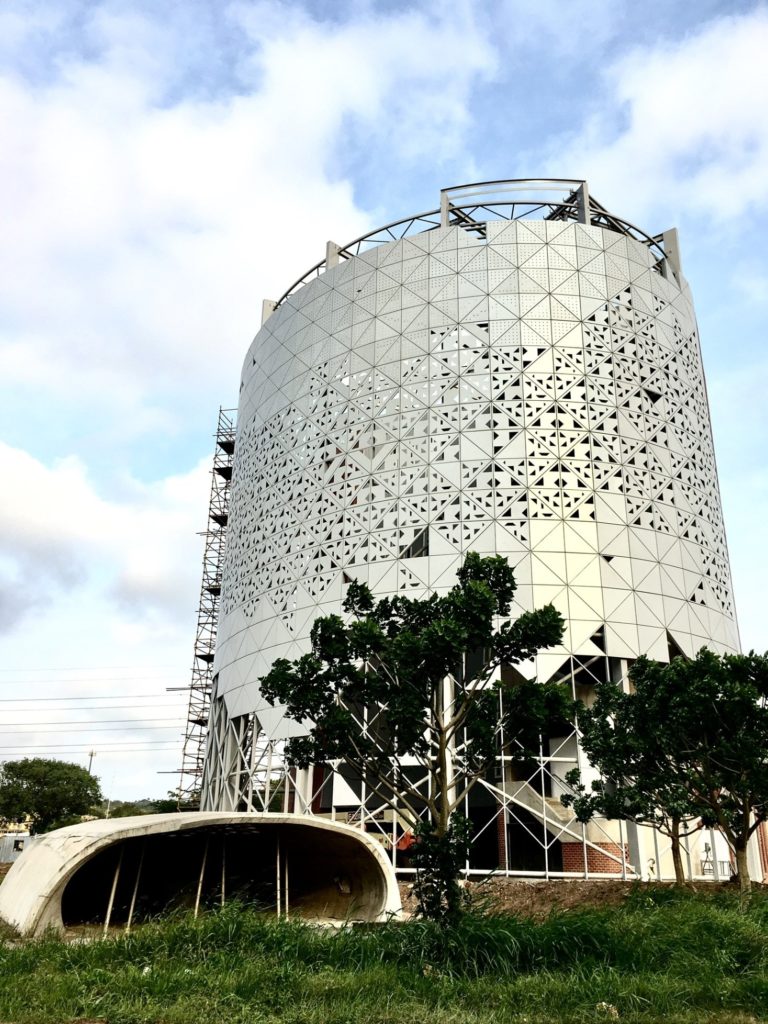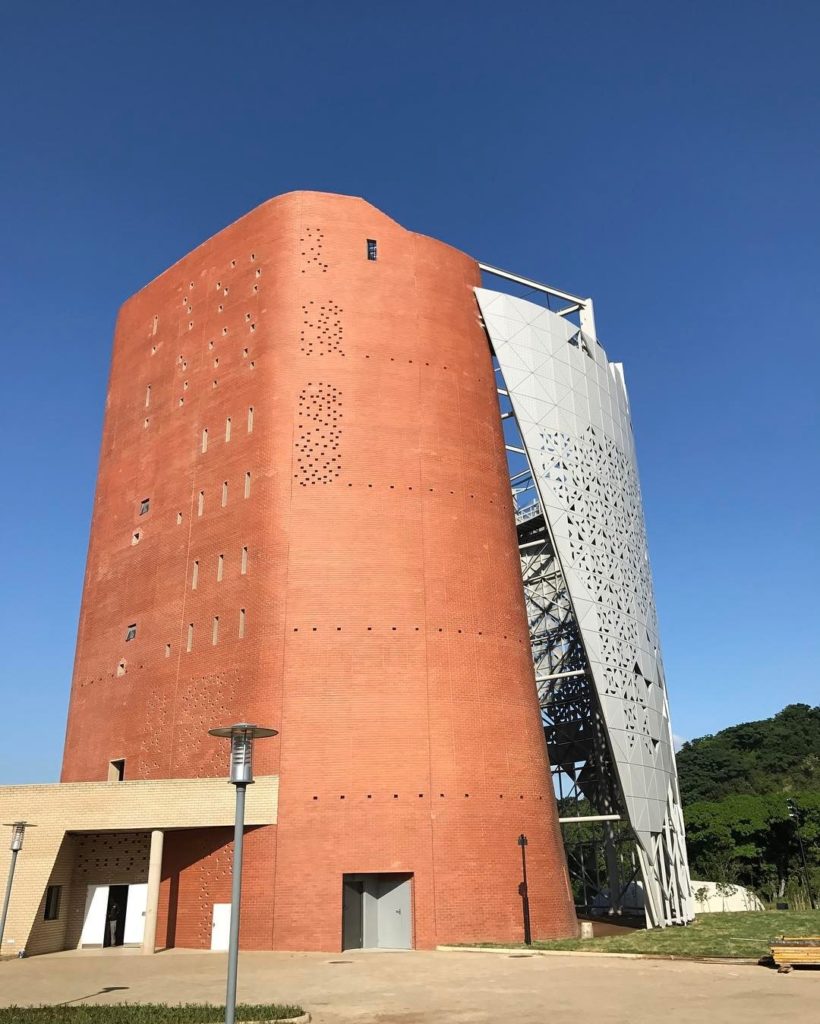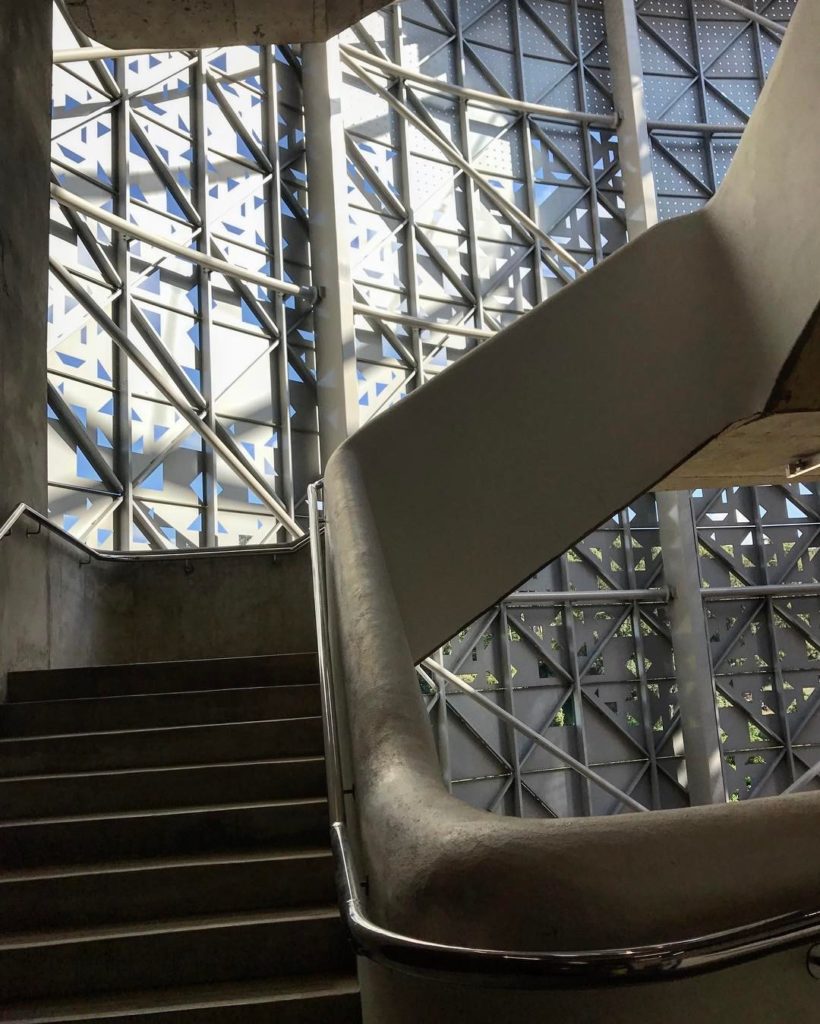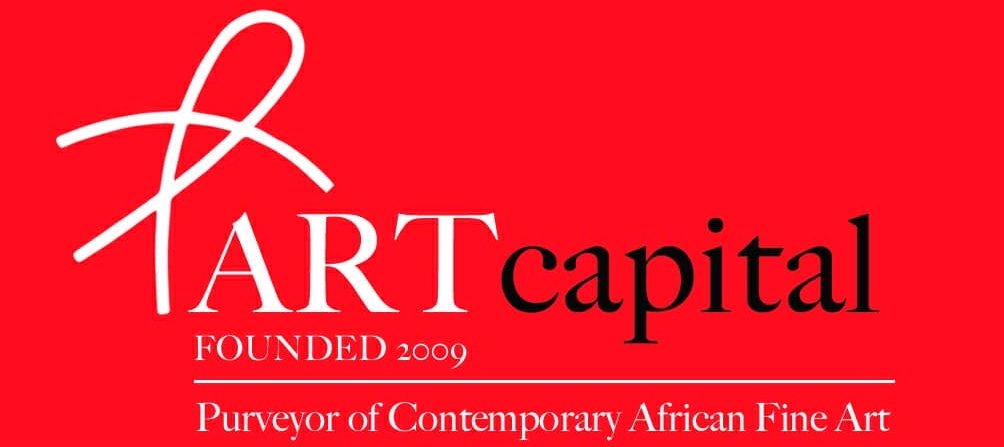By Nii B. Andrews
The uMkhumbane Cultural and Heritage Museum in Cato Manor designed by Choromanski Architects of Durban has won the inaugural Africa Architectural Awards 2017.
The museum’s project design was informed by a desire to revive the area and better communicate its rich heritage, as well as the urgent need to create jobs and alleviate poverty within the surrounding community.
The biannual Award is sponsored by the 350 year old French construction materials giant, Saint-Gobain.

“Although this is only the first edition of the Africa Architecture Awards‚ we believe we have captured an incredible moment in time for Pan-African architecture”, said Evan Lockhart-Barker an MD of Saint-Gobain.
He continued, “Yet we still have a way to go to write our own story about architecture and its role here.
Africa is indeed rising … but due to the continent’s resourcefulness and complex regional identities‚ we’ve already learnt that our awards programme requires even more diversity to capture Africa and all its spectrums.
We look to future editions of the awards to achieve this.”

There were 307 entries from 34 countries. The final shortlist comprised 21 projects.
The Award jury rejected purely aesthetic criteria to make their final decision,and opted for a system of values and ethics.
Stereotypes, mimicry and kitsch nationalistic “African”-style adornment were all no-nos for the jury and steering committee.

There was an uncompromising rejection of hackneyed thinking. Emphasis was placed on a solid recognition and elevation of the role of critical thinking in architecture.
As head of the steering committee Lesley Lokko asked, “Could an awards programme that was values-based, rather than criteria-based, provide new and bold forms of expression among African architects?”

The awards corporate sponsor staunchly supports the idea of “disrupting things” and doing something differently from other award programmes.
In addition to offering exhibition spaces, the award winning uMkhumbane museum will act as a “mother ship” for communal activities stretching out into surrounding spaces- including tours to public gathering spaces.
It is a publicly funded project that is responsive to the area’s tragic history of forced removals of the indigenous population.

Now, quite apart from the absence of abhorrent forced population removals, do we not have enough identical reasons (as documented above) to develop the same kind of “mother ship” communal art projects in several places in Ghana?
Are the projects on the drawing board?
Will they be executed transparently and to the highest standards; maintained efficiently and staffed with the best qualified people with a track record of excellent performance?
